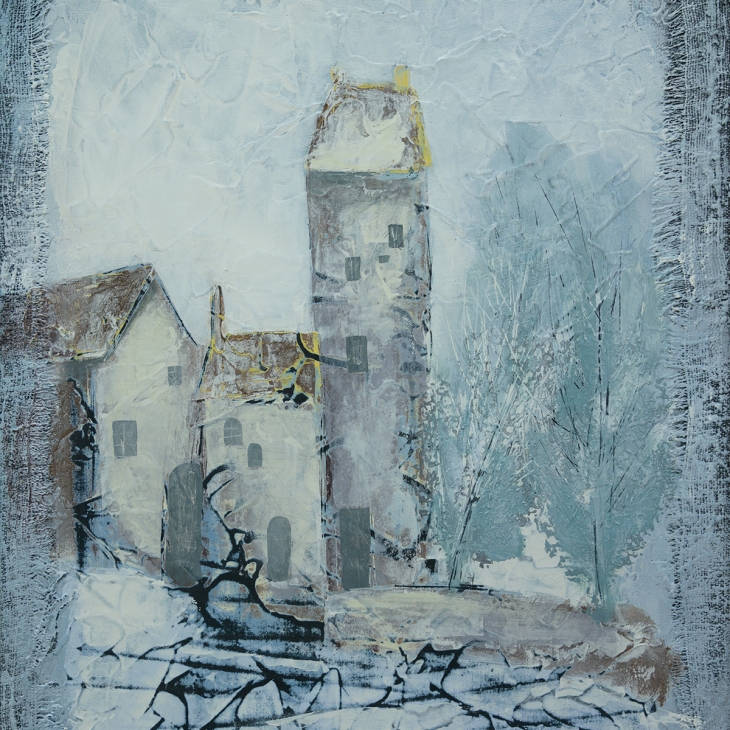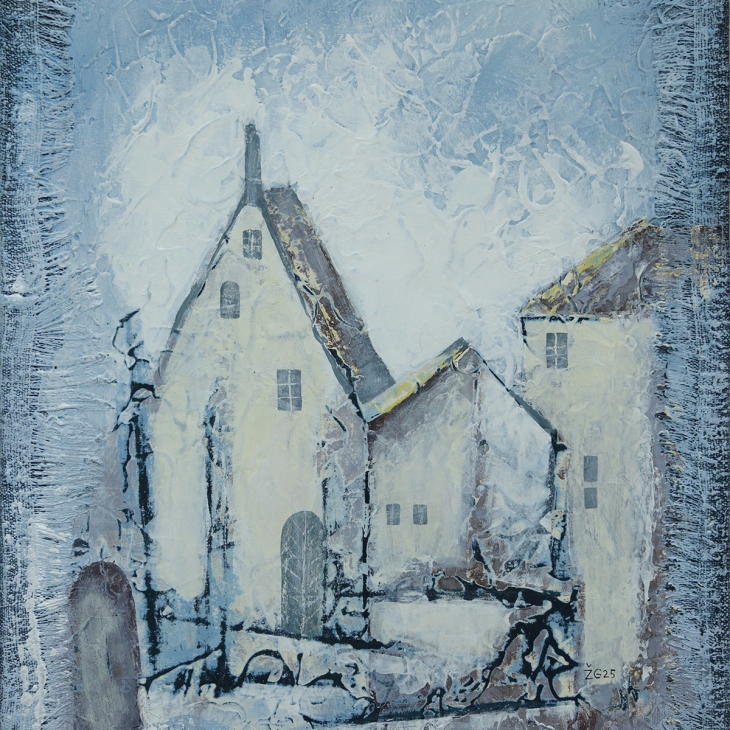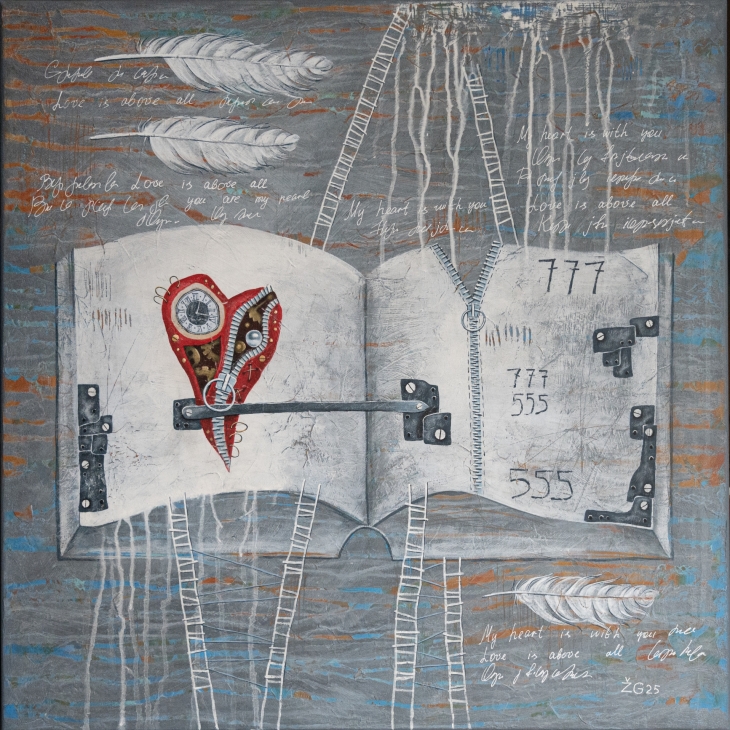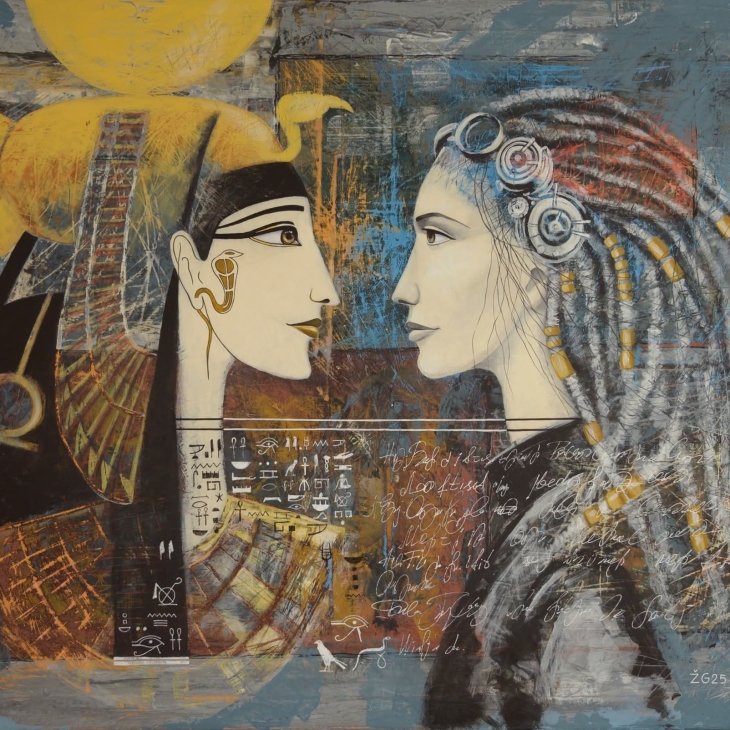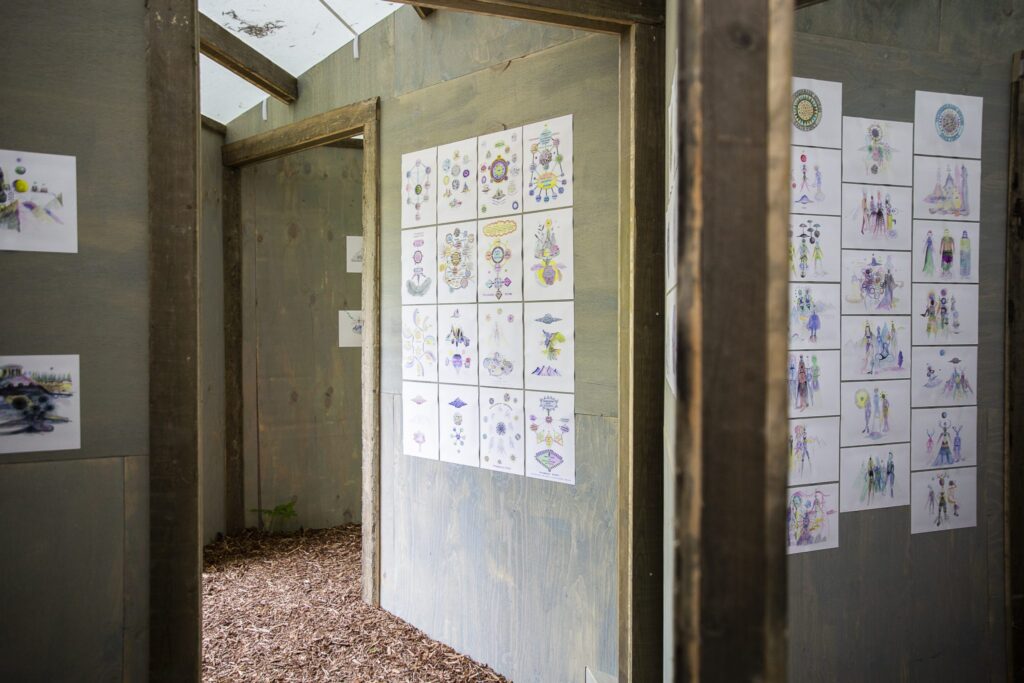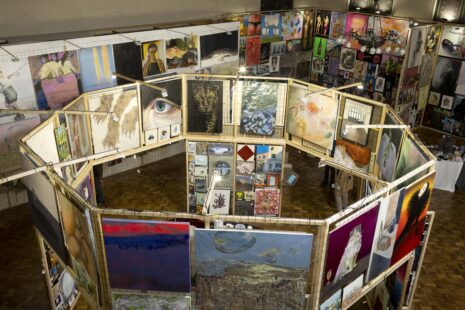Building on the first edition’s responsible approach to exhibition making, the biennial fosters collaboration with sustainability agency Positive Impact to create a new sustainability programme for both the biennial and wider HAM Helsinki Art Museum. Furthermore, it has continued to work closely with organisations and experts to make informed choices about hosting its second edition. For example, the idea and placement of each artwork has again been assessed with Metsähallitus (Parks and Wildlife Finland) and the Finnish Heritage Agency, with a focus on the conservation of both nature and historical buildings.
Juhana Vartiainen, the Mayor of Helsinki, says: “We are proud of our international biennial which showcases Helsinki’s cultural richness and spirit. This year, Helsinki Biennial will be even closer to the people of Helsinki so that each resident and visitor can experience art and be inspired by it. Art and culture are a great asset and source of pride for us; by bringing them to the city’s heart, we can spark conversations and strengthen community, togetherness and creativity – the things that Helsinki is built upon.”
According to Arja Miller, director of HAM Helsinki Art Museum, Helsinki Biennial has become an intrinsic part of what HAM does. “The biennial is both internationally ambitious while remaining a truly local event realised through the shared efforts of HAM and the City of Helsinki. Global challenges, such as biodiversity loss and the climate crisis, affect us all. In this time, we need fresh ways of understanding, perceiving, and finding answers to difficult questions. Artists have a special skill to give new forms to history, places, feeling, and thought: their artworks can represent the present and create the future, inviting visitors to gain new points of view, insight, and at times, consolation,” she adds.
Helsinki Biennial 2023 expands across Vallisaari Island, HAM and the wider city
This year, Helsinki Biennial returns to Vallisaari, a former military island that is the most diverse natural and recreational destination in the Helsinki archipelago. 15 artworks will be situated on the island, both outdoors and within its historical gunpowder cellars, each operating in subtle dialogue with the surrounding environment and its unique ecosystem.
Installed in a wooden cabin on Vallisaari Island, Technoshamanic Systems by Suzanne Treister presents microcosmic non-colonialist plans for alternative visions of survival on earth and inhabitation of the cosmos. Treister’s watercolour paintings are accompanied by a new AR component which makes the artwork’s Interplanetary Meditation and Biospheres Islands element appear to float up in the sky.
Jenna Sutela’s Pond Brain, a water-filled bronze bowl expanding upon the shape of the artist’s head, is also located on Vallisaari. The instrument invites the viewer to rub it in order to make it ‘sing’. When played, it interacts with the sound produced using machine learning technology to create an ever-emerging soundscape based on signals from the wider environment, including sounds from outer space and under the sea.
Works by Diana Policarpo, Bita Razavi, Tabita Rezaire, Tuula Närhinen and INTERPRT will take over the large arched halls and a HAM Helsinki Art Museum gallery space. Following her representation of Estonia at the 59th Venice Biennale, Bita Razavi’s participatory sculptural work considers different countries’ political and colonial structures. Diana Policarpo’s installation consists of massive, rock-shaped sculptures with embedded video and sound investigating how humans treat the world as their property. Tuula Närhinen’s Deep Time Deposits: Tidal Impressions of the River Thames depicts the river as a cyclical time machine and an archive of human life shaped by nature. Tabita Rezaire’s Deep Down Tidal highlights water’s complex narratives by examining how the submarine fibre optic cables that transfer digital data are layered upon old colonial shipping routes. INTERPRT’s new work, Colonial Present: Counter-mapping the Truth and Reconciliation Commissions in Sápmi, is a case study which explores the histories of assimilation, land dispossession and state violence which continue to impact Sámi people through green colonialism.
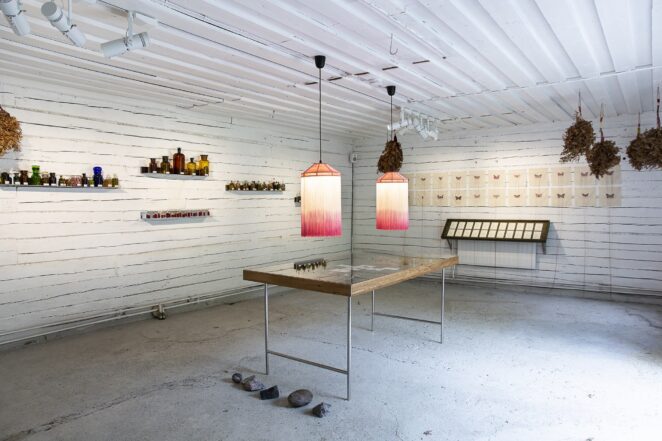
Lotta Petronella with Sami Tallberg & Lau Nau: Materia Medica of Islands, 2023. © HAM/Helsinki Biennial/Sonja Hyytiäinen
Located in the city’s Market Square, Dineo Seshee Bopape’s work evokes connections to land and family through a new departure: a billboard in sculptural form made of rammed earth that is textured with organic material and rocks of various sizes. The new work seeks to find a path to remembering and re-membering through fragmented parts of personal and collective family histories.
Helsinki Biennial 2023’s public programme
The main exhibitions will be complemented by events, performances, workshops and discussions throughout the summer.
Lotta Petronella, Lau Nau and Sami Tallberg have created a transdisciplinary artwork interacting with the diverse inhabitants of Vallisaari Island through live events and performances. The work contains an apothecary, a lamenting choir, nightly recordings of moths, and a commemorative tribute to Ilma Lindgren – the person who secured the freedom to roam and forage in Finland. The work further invokes an oracle or cosmology of the island, with Lotta Petronella conducting personal oracle readings from hand-made cards created specifically for the artwork.
Danielle Brathwaite-Shirley invites visitors to participate in a role-playing performance event and installation exploring a new mythology for Vallisaari Island. Extending Brathwaite-Shirley’s practice, which intertwines lived experience with fiction to imaginatively retell the stories of Black Trans people, visitors journey through various scenarios with characters guiding their collaborative decision-making. The characters take the form of physical sculptures on the island, with an online counterpart allowing visitors to listen to their background stories. While live events will take place over several days in June, August and September, the sculptures and online content can be experienced throughout the duration of the biennial.
Sonya Lindfors’ common moves is a new collaborative artwork which can be described as a ‘social choreography’ or ‘choreography of the community’. By occupying public space with simple scores and choreographies, the piece questions our conception of what we have ‘in common’: whether social norms and habits, or something shared, public, or regularly occurring. Rooted in local conversations and urgencies, common moves takes place across several sites around central Helsinki and is in collaboration with BIPOC artists and volunteers.
Created as a collaboration between anthropologists Yen-Ling Tsai and Anna Lowenhaupt Tsing, filmmaker Isabelle Carbonell, and farmer and translator Joelle Chevrier, the Golden Snail Opera is a multispecies enactment of experimental natural history. The golden treasure snail, first imported to Taiwan from Argentina in 1979 to start an escargot industry, is now a major pest for rice agriculture. While pesticides are often used in their extermination, a new generation of friendly farmers in Taiwan’s Yilan County hand-pick the snails and integrate them into the rice paddy ecology. Golden Snail Opera incorporates percussion from Yilan opera, combining it with the noises of snails, water, birds, and other beings. Rather than just forming an accompaniment, the sounds engage in a dialogue with a script comprising material from interviews, participant observation, and imagination. Through video and text, various beings of the rice fields offer an enactment of harmonious coexistence. For Helsinki Biennial 2023, screenings with live performance readings of the Golden Snail Opera will be staged at Central Library Oodi in June and August.
The public programme also incorporates initiatives from many of Helsinki Biennial’s curatorial collaborators. For example, Critical Environmental Data will create The Environmental Audiotour which comprises six audiostories that listeners can follow across various in-person locations in Helsinki or online. Museum of Impossible Forms will develop the Biennial’s discursive program of lectures, screenings, performances, and gatherings titled Polyphonic Entanglements and an Agonistic Intelligence/s Summer School in partnership with HAM. As part of the Helsinki Biennial 2023 Art Mediation Forum, ViCCA @ Aalto Arts will also organise and lead three collective experiences from the Curatorial School of “May”, activating specific biennial themes through and beyond the artworks. Lastly, AI entity launches a website that combines HAM’s collection with machine learning technology to create an online city map, inviting users to explore new groupings from the collection based on geolocations and machine-made metrics.
Read more about the programme here.
Check the full list of the Helsinki Biennial 2023 artists here.

